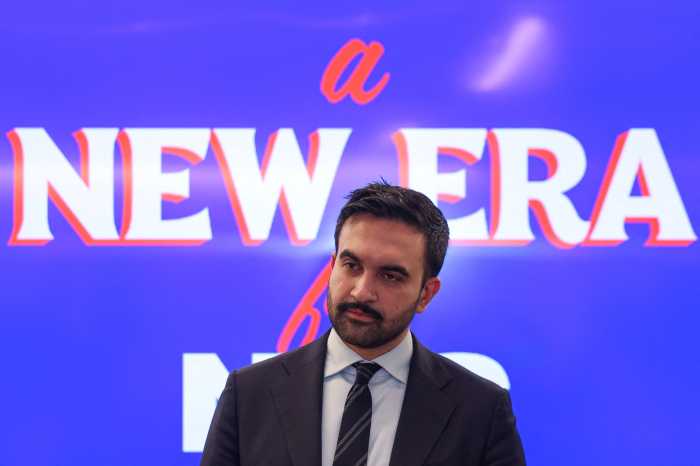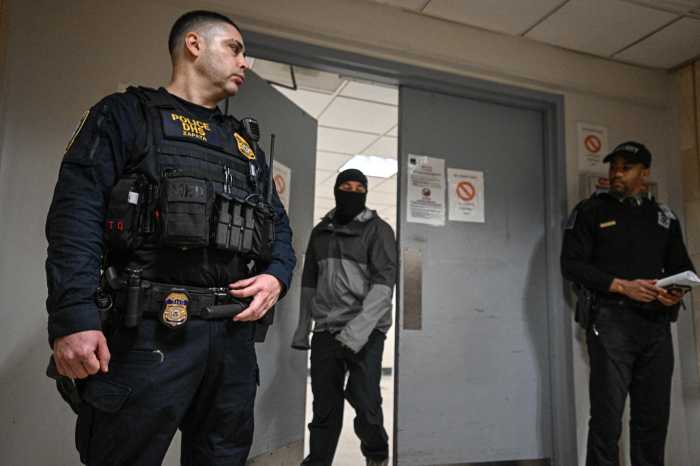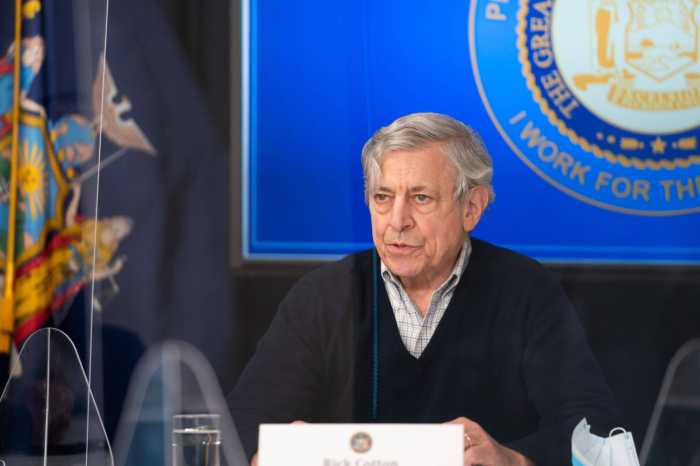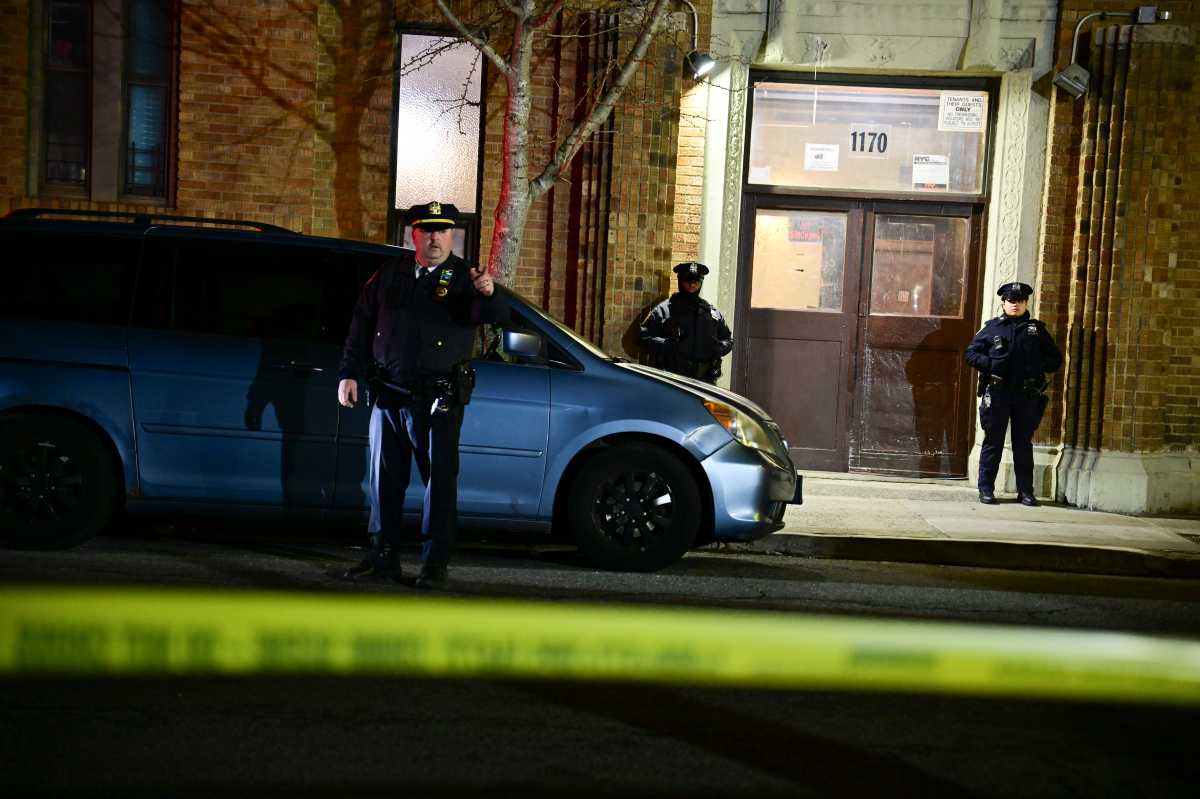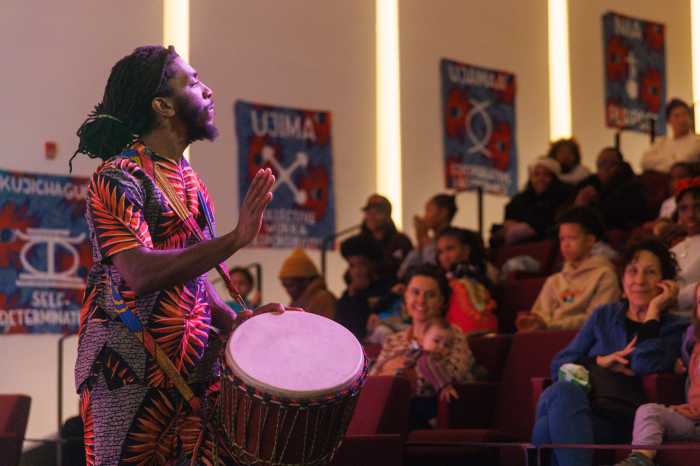Mayor Bill de Blasio this week wisely decided to log off and reboot the city’s trouble-plagued, money-gobbling, hopelessly-behind-schedule upgrade of our 911 system.
The first challenge is to figure out what’s wrong.
The city’s 911 system — the nation’s largest — handles more than 11 million calls a year, coordinating emergency responses among the NYPD, the FDNY and the EMS.
The upgrade was supposed to turn a creaky contraption designed in the 1960s into a state-of-the-art marvel that swiftly and seamlessly takes data from numerous sources and transforms it into spot-on emergency dispatches.
But after hundreds of millions of dollars in overruns and more than seven years of delays, the city seems stumped.
De Blasio has assigned First Deputy Mayor Anthony Shorris to explore the pathology of this mess and find a fix.
We would add one stipulation to that order: Shorris shouldn’t just stop with the riddles of cyber-technology. Once the machines can talk to each other fast and clearly, what about the workers in the chain of command?
Two recent incidents illustrate the problem:
Late last month it took EMS workers a gut-wrenching and thoroughly unacceptable 21 minutes to respond to a Far Rockaway fire that ultimately took the lives of two 4-year-old siblings — Aniya and Jai’Launi Tinglin. Sources say an investigation has found the delay resulted not from a technical problem but from human error.
When 4-year-old Ariel Russo was struck and killed by an SUV in Manhattan last June, the city’s Department of Investigation similarly found that human error played a role. Records reveal there was a four-minute delay in dispatching an ambulance to her. It took four more minutes to get an ambulance to the scene.
Are these human errors happening because people are having to work around technology that’s failing? Or are they happening for more complicated reasons that Shorris should explore? In a business where lives can be saved or lost in a matter of seconds, no weak points — whether in human or computer protocols — can be accepted.



